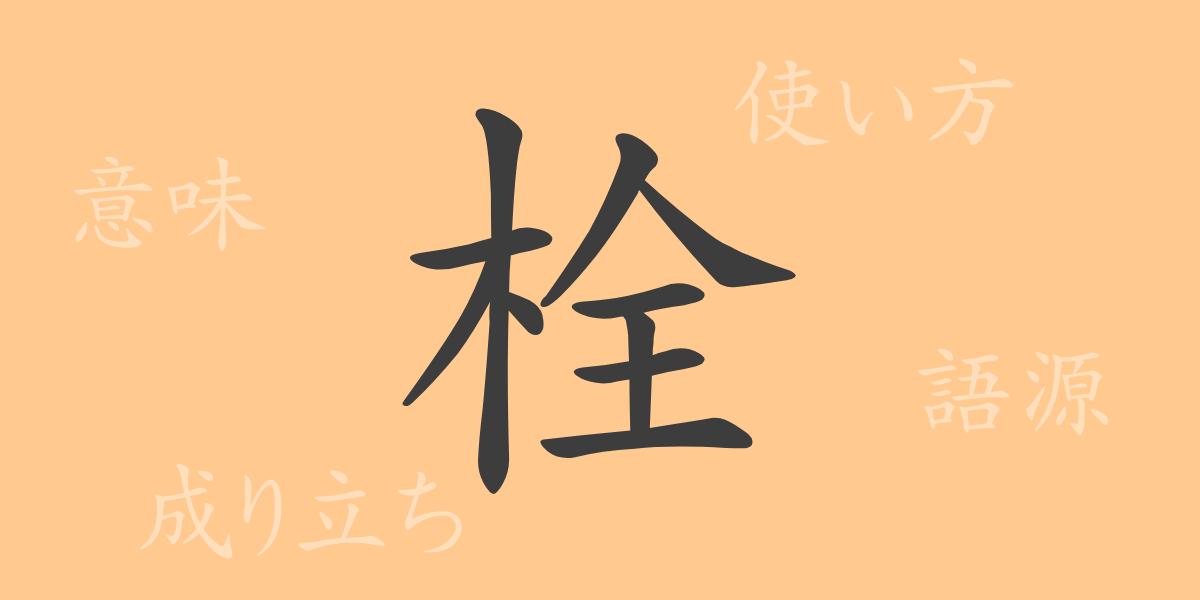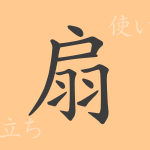In Japanese, each kanji has its own unique history and meaning. This article focuses on the kanji “栓” (せん), which is frequently encountered in everyday life and specialized contexts, exploring its wide-ranging applications. We will delve into the origins, meanings, usages, pronunciations, and phrases associated with “栓.”
Origins of 栓
The history of the kanji “栓” traces back to ancient Chinese classics. Originally derived from a pictograph representing a wooden branch, it has long symbolized wooden plugs or stoppers. Over time, this character has come to represent not just wooden items but any object used to block or seal something.
Meaning and Usage of 栓
The kanji “栓” primarily means something that blocks or closes. It is commonly used in everyday life, for example, a “bottle stopper” (瓶栓) that seals the opening of bottles, or a “water faucet” (水栓) that controls the flow of water. In medical contexts, it refers to something that blocks blood vessels, known as a “vascular plug” (血管栓).
Pronunciation, Stroke Count, and Radical of 栓
Basic information about the kanji “栓” is as follows:
- Pronunciation: On’yomi is “セン” (sen), Kun’yomi is “ふさぐ” (fusagu).
- Stroke count: 10 strokes.
- Radical: The radical is “木” (きへん), meaning wood.
Phrases and Proverbs Involving 栓
There are many idioms and phrases that include “栓,” reflecting its meanings and applications. For example, “閉栓” (へいせん ‐ heisen) means to stop the supply of gas, “栓抜き” (せんぬき ‐ sennuki) refers to a bottle opener or the act of uncorking, and “栓を抜く” (せんをぬく ‐ sen o nuku) metaphorically means to be freed from restrictions or constraints. These expressions are useful in everyday conversations and business communications.
Conclusion on 栓
Through this article, you have gained an understanding of the rich history and diverse uses of the kanji “栓.” As a common kanji in Japanese, “栓” plays an integral role in our lives, bearing meanings and roles that go beyond its simple appearance. Moving forward, we will continue to cherish the stories embedded in each kanji as we master the use of language.

























